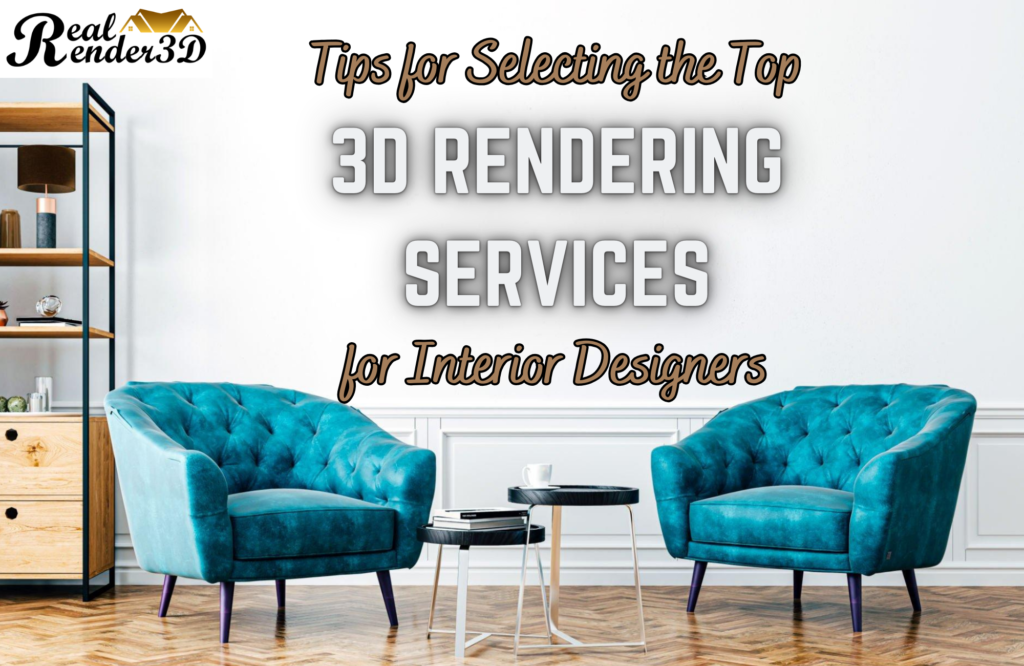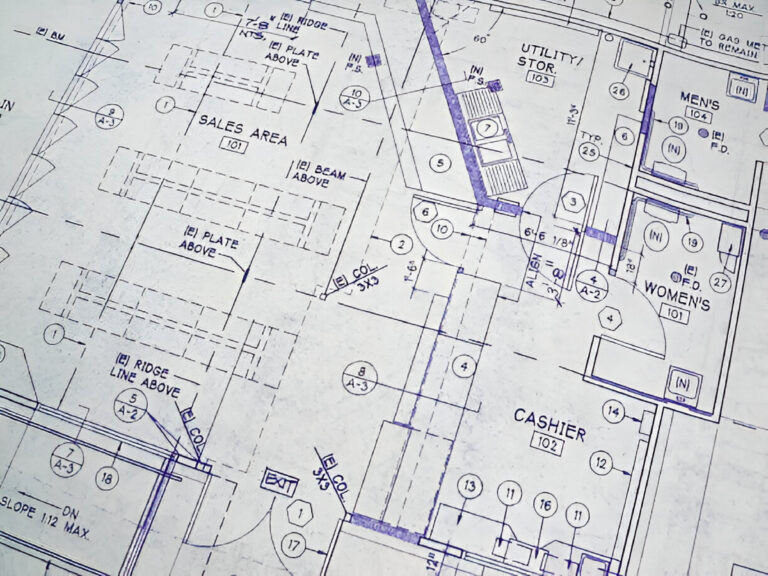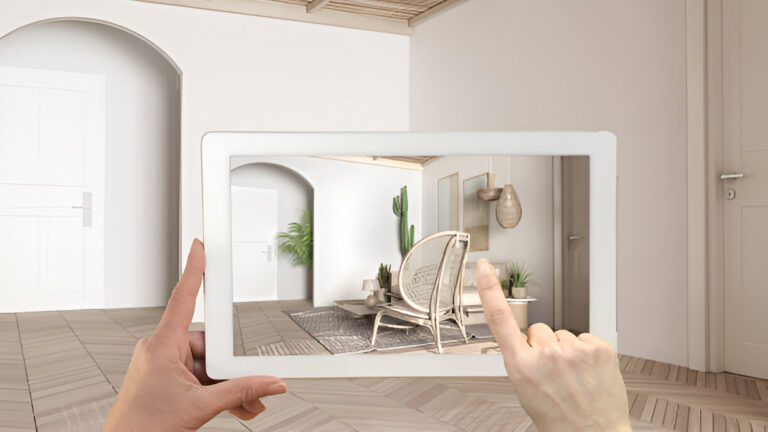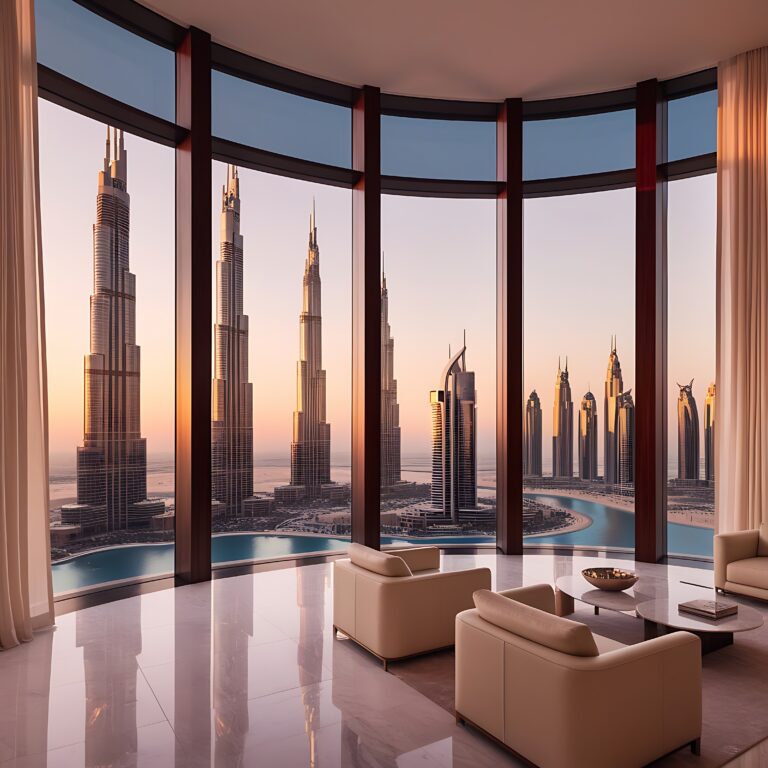Introduction
If you are an interior designer looking to enhance your designs and wow potential clients, partnering with a high-quality 3D rendering service can make all the difference. Realistic 3D renderings allow clients to visually experience the spaces you create, transforming simple plans and sketches into immersive visuals. However, not all 3D rendering firms are created equal. Follow these tips to find and select the best 3D rendering services for your interior design needs.
Do Your Research
The first step is to thoroughly research 3D architectural visualisation companies that specialize in interior spaces. Look for firms with extensive experience creating photorealistic 3D visualizations for architects, interior designers, and other design professionals. Check out their website and online portfolio to evaluate past 3D interior rendering projects. Examine the level of quality and realism in their 3D visuals. Also look for reviews from past clients.
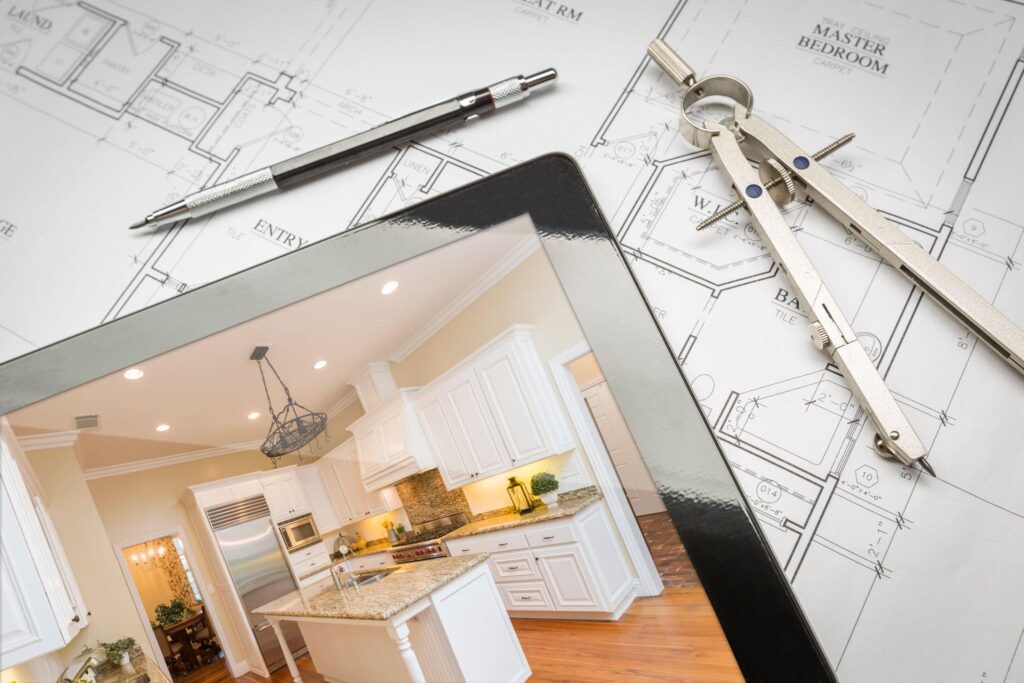
When researching firms, seek those that utilize the latest 3D modeling, texturing, lighting, and rendering technologies. Advanced tools like VR allow for incredibly realistic and interactive 3D interior renderings. Make sure the firm has in-house 3D artists and don’t solely outsource projects. This ensures better quality control and consistent style across projects.
Pay attention to the types of deliverables offered. Many 3D firms provide still renders as well as 360° VR house tours panoramas, animations, VR walkthroughs, and other immersive visuals. Consider the formats and level of visual detail you require to impress clients and win projects.
Evaluate Expertise
Look for a 3D rendering provider with extensive expertise in interior spaces. They should have a strong portfolio of residential and commercial interiors, including homes, hotels, restaurants, retail stores, offices, and more. Expertise in architectural visualization and product rendering alone does not necessarily translate to top-notch interior renderings.
Seek out firms that employ 3D artists specializing in interiors. They understand how to apply materials, lighting, accessories, and textures to digitally envision interior designs with a high level of realism. From textiles to furniture to paint and finishes, every detail of the 3D interior rendering should align with your creative vision.
Strong understanding of architecture is also vital. The 3D firm should be able to accurately model floor plans, spaces, lighting, and other architectural elements that serve as the foundation for interior design. Architecture and interiors go hand in hand.
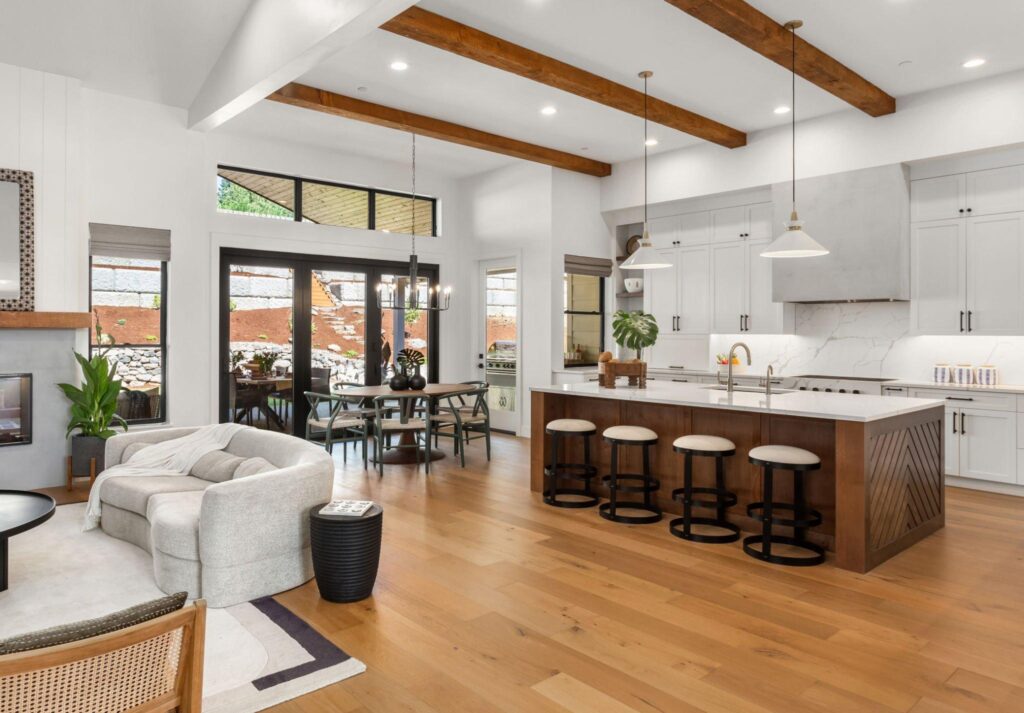
Look for Responsiveness
During your search process, evaluate how responsive each 3D firm is to your initial inquiries. Quality providers who value clients will quickly follow up with quotes, answer questions thoroughly, and schedule calls to discuss projects. Lack of prompt responses is a red flag when selecting the right partner.
Once you’ve initiated a project, maintain open communication throughout the process. Convey your design vision clearly and provide all necessary plans, sketches, materials, photos, and other assets to the 3D team. But also expect regular project updates from the provider. Ensure there is a quick turnaround if any changes or refinements are required.
Top 3D rendering firms act as an extension of your design team. They should understand your goals, style, and creative direction. Strong communication ensures you receive interior renderings that reflect your unique brand and design aesthetic.
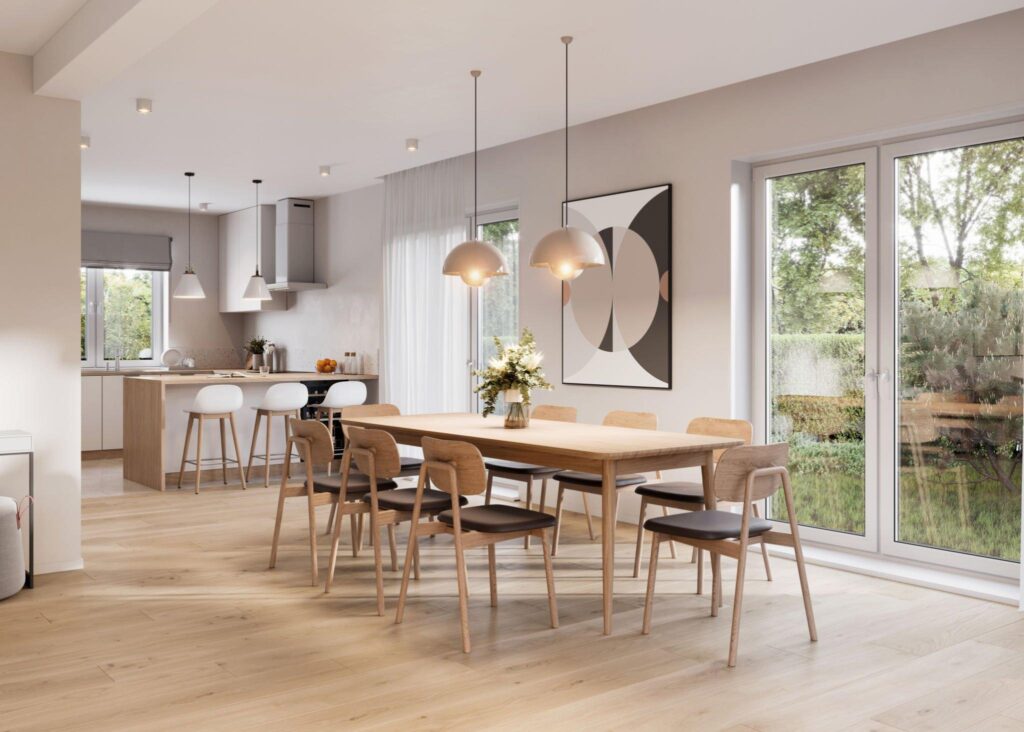
Compare Pricing
Certainly, the cost of 3D services will be an important factor when making your selection. However, don’t let price alone dictate your choice. Focus first on evaluating portfolios, expertise, and responsiveness. Then compare pricing models across the firms that meet your quality criteria.
Pricing can range from hourly/daily rates per 3D artist to fixed costs per render or project. Factor in the level of detail required, types of deliverables (stills, animations, VR, etc.), and the number of scenes you need rendered. Also ask about potential discounts for high-volume projects or long-term partnerships.
While cost is key, quality should trump price in choosing a 3D firm. Photorealistic 3D interiors require advanced software, artistic talent, and time. Be wary of rates that seem too low, as this may indicate subpar work. Paying more for exceptional visualization can pay off through enhanced client perceptions, pitches won, and projects landed.
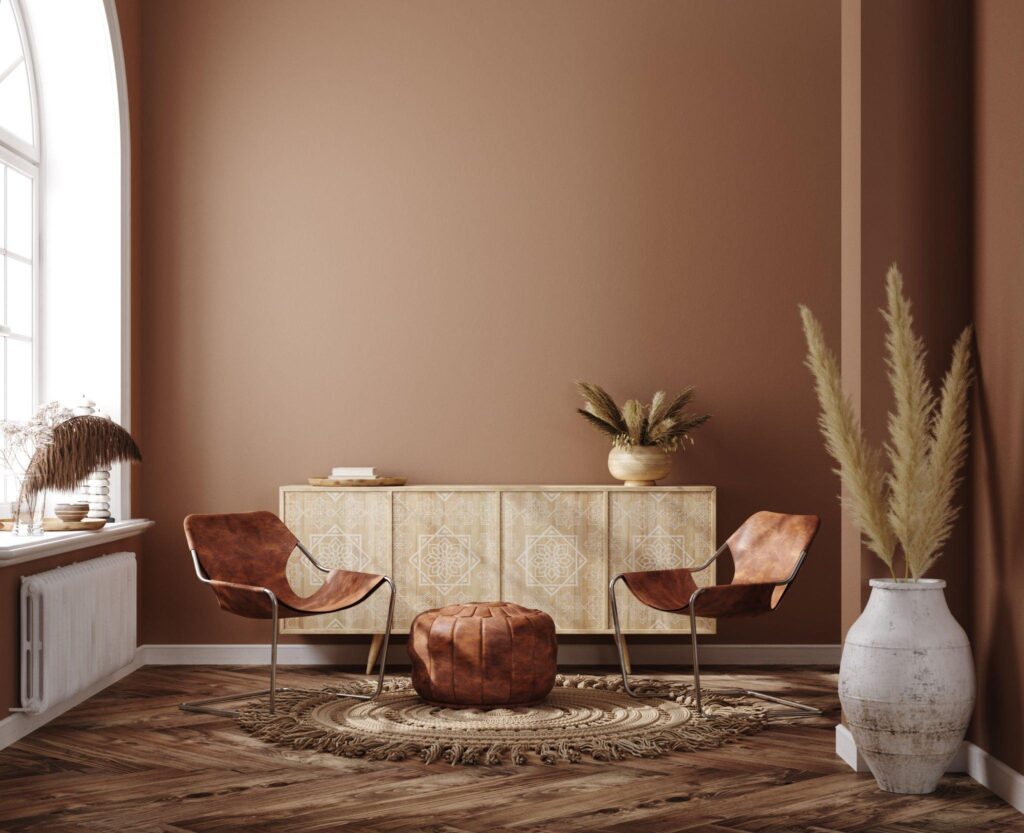
Prioritize Portfolios
At the end of the day, the 3D rendering portfolio should make your decision. Compare portfolios from the firms on your short list. Evaluate the quality, creativity, and realism of their work. Do they have experience matching the specific project needs and style you require?
Scrutinize the materials, lighting, textures, accessories, and backgrounds of interior renderings. Do they achieve a truly photoreal look? For residential, are personal touches like décor, plants, and art included to create a lived-in feel? Does their commercial portfolio showcase spaces with scale and perspective?
Before selecting a firm, request 3D samples or test renders portraying your design aesthetic. This provides real-world insight into their visualization abilities and how well they capture your unique style. Let their portfolio and custom samples guide your final decision.

Ask for References
References from past clients can provide valuable insights when picking a 3D interior rendering provider. Ask prospective firms for client referrals related to interior rendering projects. Then reach out to those clients and inquire about their overall experience.
Key questions to ask client references: Were you pleased with the quality of the final 3D renderings? How well did the provider interpret your design vision? Were deadlines and budgets met? How responsive and professional was the team throughout the project? Would you recommend the firm for other interior designers?
Speaking directly with clients gives transparency into 3D firms’ processes, communication, reliability, and final visualization results. This helps ensure you select a proven, reputable provider ready to produce top-notch interior renderings for your design projects and clients.
Trust Your Design Instincts
Even after thorough research and due diligence, you may still be deciding between a few top contenders to partner with. At that point, go with your gut! As an interior designer, you have unique design instincts and sensibilities. Does one firm’s portfolio and style resonate more with your own? Do you better envision collaborating with a particular provider?
Financial and practical factors certainly play a role. But your inherent design intuition is critical too. Whose previous interior renderings excite you most? Who seems to grasp your creative vision? Which style aligns closest with your desired aesthetic? In the final analysis, choose the 3D rendering partner that feels like the right fit for you as a designer.
Key Takeaways for Selecting 3D Rendering Services:
- Research interior visualization experience and expertise
- Examine portfolios for photorealistic quality and relevant projects
- Evaluate responsiveness and communication practices
- Compare pricing but focus first on qualifications and portfolio
- Speak to client references familiar with their work
- Choose a provider that best matches your design style and instincts
Partnering with the right 3D interior visualization firm provides invaluable benefits for interior designers. Photorealistic 3D renderings are a powerful tool for transforming designs into immersive visuals that impress clients and win new business. Following these tips will help you make a confident decision selecting the best 3D services provider for your needs. So take your interior design career to the next level by bringing your creative vision to life through exceptional 3D interior renderings.
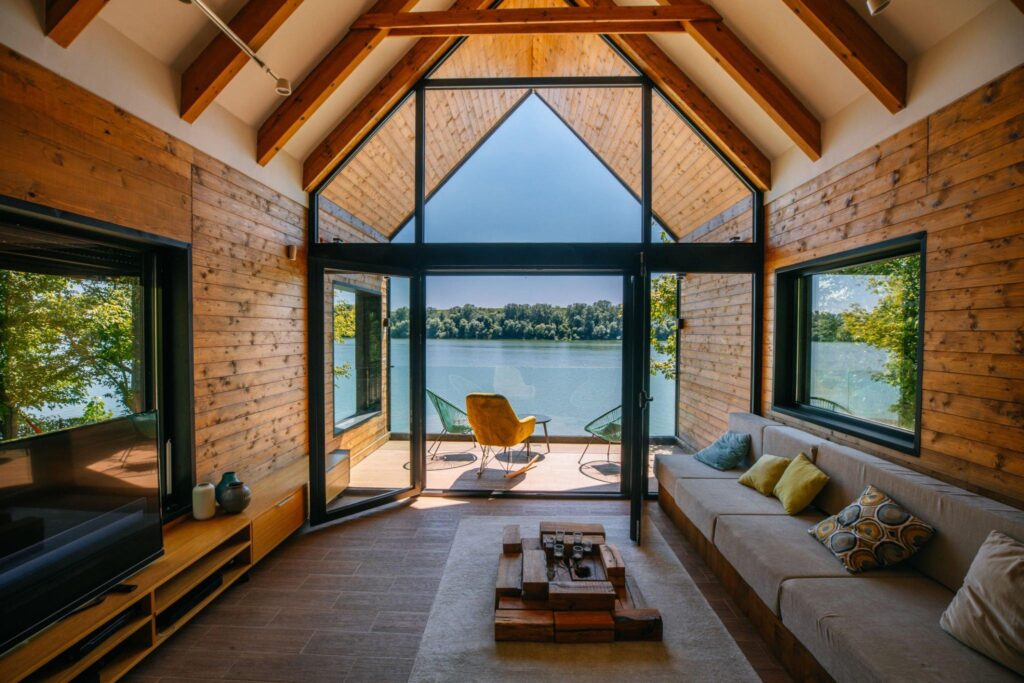
Critical Factors When Choosing a 3D Rendering Company
1. Specialization in Interiors
Examine the provider’s project portfolio for 3D rendered visuals specific to interior spaces like homes, offices, hotels, restaurants, retail stores, and more. Their 3D artists should showcase expertise in applying materials, lighting, decor details, and textures to interiors. Architectural visualization capabilities alone don’t always translate directly into top-notch interior renderings. Look for extensive in-house experience in residential and commercial interior visualization.
2. Quality and Realism
Scrutinize the level of photorealism and real-world accuracy reflected in the company’s sample interior renderings. Do they achieve a true-to-life look through expert use of perspective, scale, lighting, materials, accessories, and context? For residential projects, does their portfolio include the personal touches that bring interiors to life? Commercial spaces should convey dimension, furnishings, brand aesthetics, and ambiance. Assess not just their best “hero” images but overall portfolio quality.
3. Responsiveness
Throughout the research and project process, evaluate responsiveness to your inquiries, questions, and requested revisions. Quality 3D companies who value client partnerships will provide prompt project bidding, regular status updates, and quick turnarounds on changes. Lack of responsiveness often negatively impacts end results.
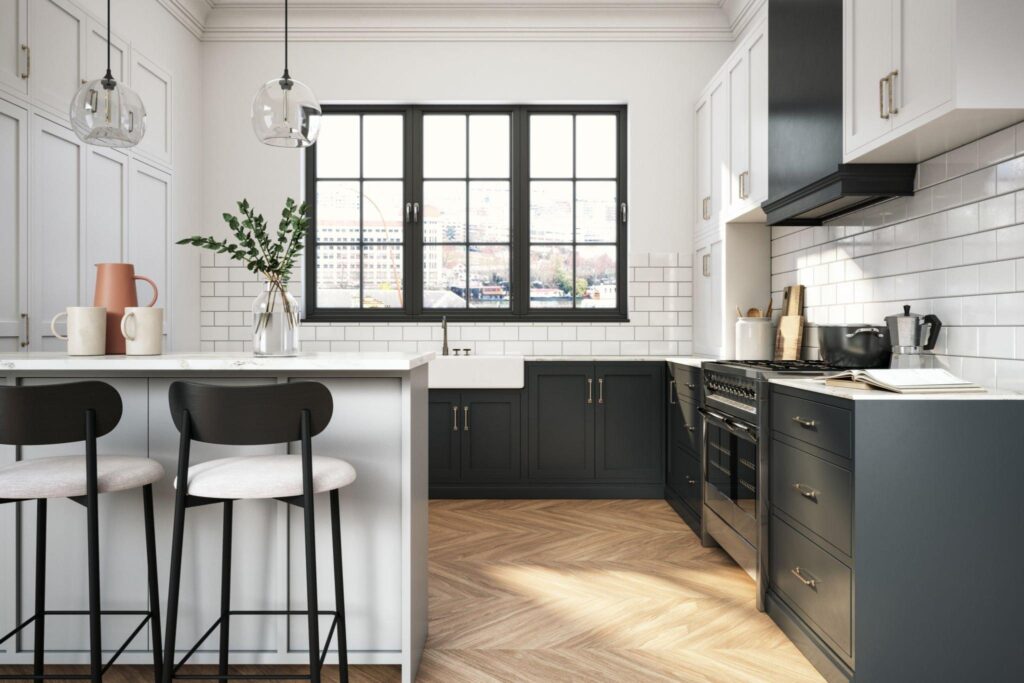
4. Range of Deliverables
Consider the types of 3D interior deliverables required for your particular projects and client needs. Many 3D firms offer still renders along with 360° panoramas, animations, VR walkthroughs, and other immersive experiences. Verify that the provider can supply the specific formats and visualization options you expect to utilize.
5. Pricing
While cost always matters, expert 3D interior rendering requires substantial time, technology, and personnel. Be wary of rates that seem too low, as cheaper service often equates to lower quality visuals. Compare pricing between firms, but put greater weight on demonstrated interior experience versus bargain basement rates. Consider paying more for exceptional visualization services that enhance client perceptions and generate new business.
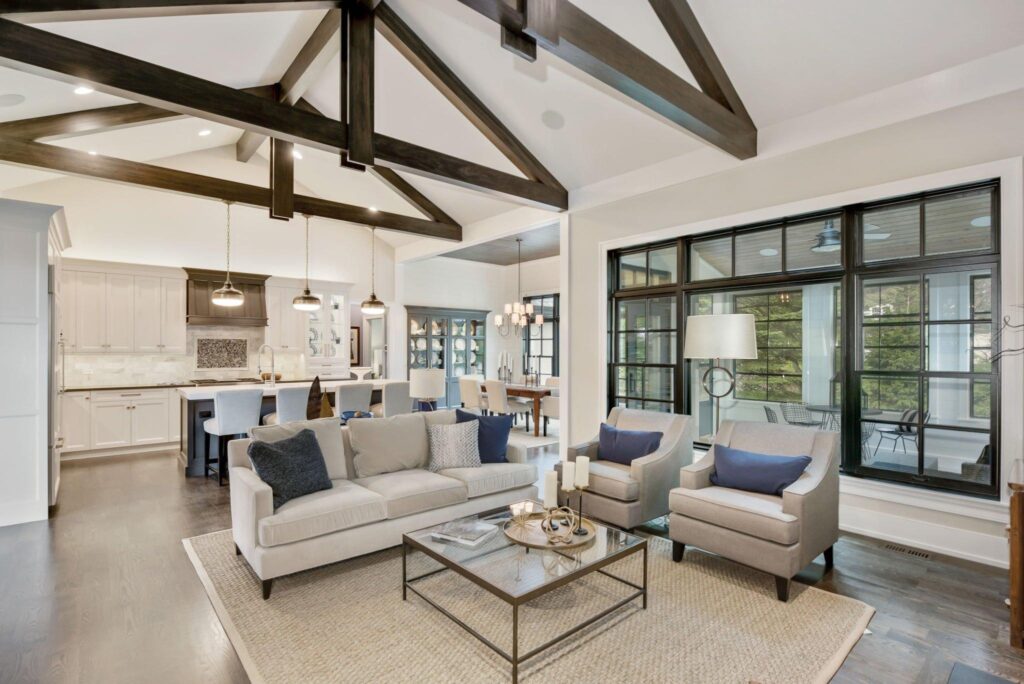
6. Design Instincts
Numbers, data, portfolios, and test renders should guide your decision between top contenders. But at some point, you may just need to go with your gut as a designer. Which company better aligns with your creative vision? Whose style meshes closest with your own? The ideal 3D partner will feel like an extension of your team.
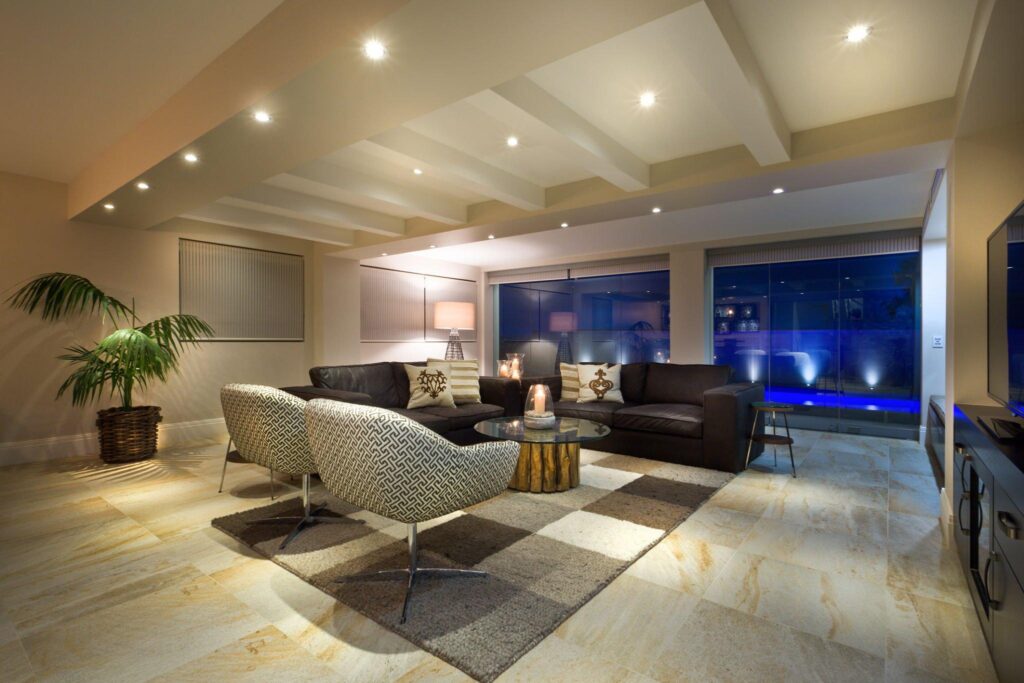
Key Benefits of Partnering With the Right Provider:
- Photorealistic 3D interiors help clients visualize spaces clearly
- Impressive renderings aid in winning pitches and new projects
- High-quality 3D visuals build brand reputation and authority
- Expands capabilities and capacity beyond in-house resources
- Helps convey designs using the latest technologies like VR
- Allows designers to focus on creativity while the 3D firm handles technical execution
In today’s competitive interior design landscape, creating immersive digital experiences is vital for engaging clients. Partnering with an accomplished 3D interior rendering company transforms your concepts into realistic visuals that impress audiences and propel your success. Follow these steps to confidently select the best visualization partner for your interior design firm.

Conclusion
The magic is in the materials. Architectural visualizations that accurately capture the essence of real-world finishes and textures create the most immersive experiences. By harnessing the power of material libraries, image textures, layered effects, and refined settings, 3D artists can transform architectural renderings from mediocre to marvelous. Spend time perfecting the look, feel, and technical details of materials. Let photoreal materials support overall design concepts and inject life into your architectural visualizations. Exceptional materials ultimately separate good renders from great ones.
Frequently Asked Questions
1. Why is it important to do research when choosing a 3D rendering company?
Doing thorough research is critical for finding a 3D rendering company that best fits your needs in terms of skills, expertise, past projects, communication practices, and capabilities. Proper due diligence prevents choosing the wrong partner and ensures you select a provider qualified to meet project goals.
2. Why should 3D rendering specialization in interiors matter
Specialized expertise in interior visualization ensures the provider understands how to apply materials, lighting, accessories, and context specifically to residential and commercial spaces. Architectural visualization capabilities don’t always directly translate to interior rendering skills.
3. Why is responsiveness an important factor in choosing a 3D firm?
Responsiveness reflects how well the provider values clients and communicates throughout projects. Lack of prompt responses when bidding, asking questions, or requesting changes risks delays, confusion, and subpar results.
4. How do 3D interior renderings help win clients?
Realistic 3D interiors allow clients to visualize spaces clearly and connect emotionally. This drives deeper engagement over abstract plans. Impressive renderings also showcase cutting-edge technology to gain a competitive advantage.
5. Why should interior designers showcase 3D renderings in their portfolio?
Photorealistic 3D environments immerse prospects in designs and convey material details much more than plans or photos. This level of immersion differentiates a designer’s portfolio to attract more clients.
6. How does CGI technology give interior design firms a competitive edge?
CGI capabilities like VR presentations, accelerated prototyping, realistic visualization, and design collaboration provide innovative advantages to firms over those relying solely on traditional methods.
7. Why are materials important in architectural rendering?
Realistic materials convey overall design intent through textures, lighting interaction, appropriate choices, and layered effects. Mastering materials adds essential realism to differentiate good from great renderings.
8. Why have a complete interior design process?
Offering 3D rendering, VR, construction/project management, and other services alongside initial design provides clients with a high-quality full-service experience under one roof. This expands revenue potential beyond just the design phase.
